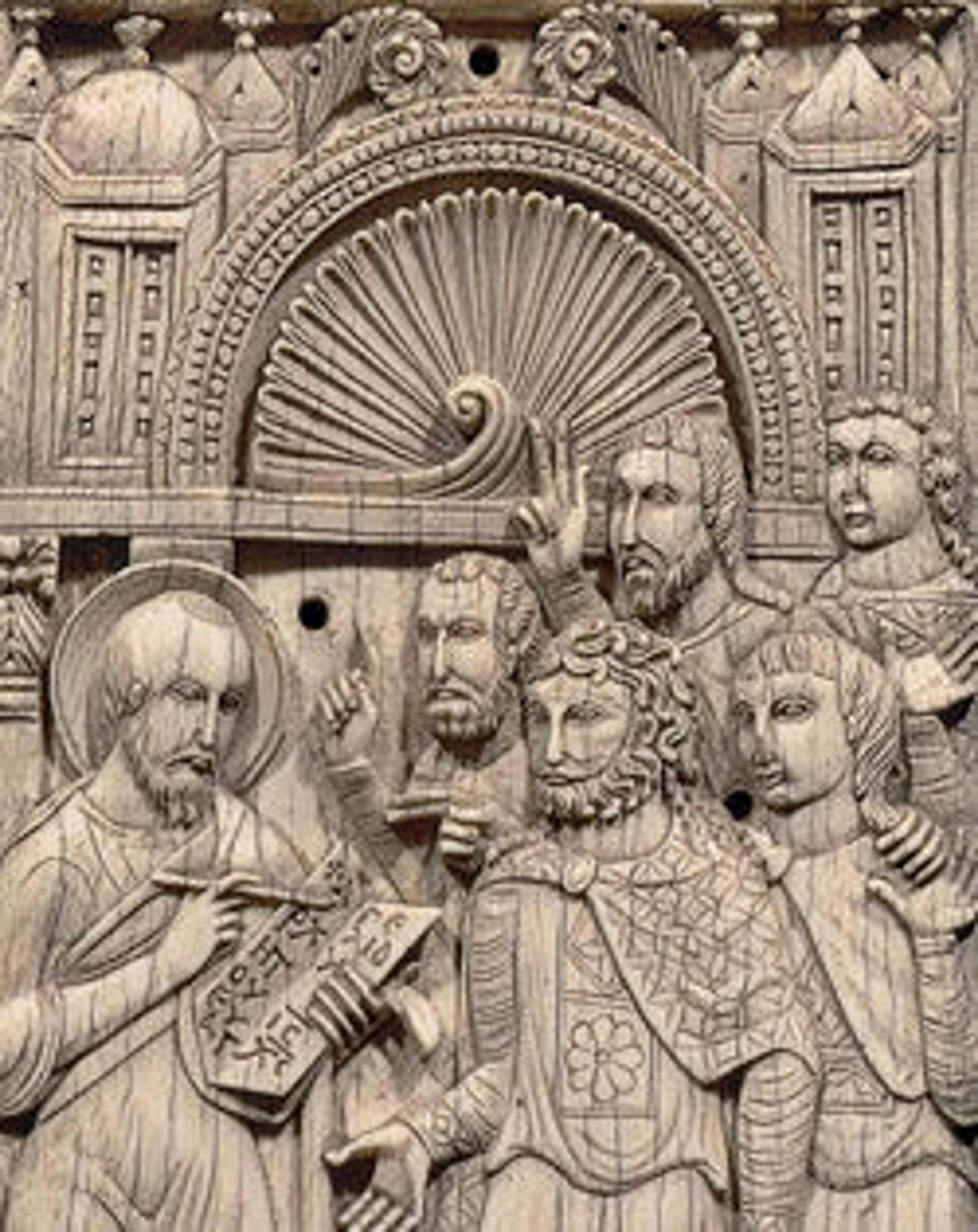Hanging with Polychrome Columns
This grand hanging is part of a set of at least four that also included depictions of colorful columns topped by heads in medallions. The pieces were excavated from a grave where they had been used as shrouds, but several features indicate that they were originally employed as curtains. Their large scale precludes the function of clothing and the thinness of their material suggests they were meant to be seen from both sides. Depictions of architecture on contemporary mosaics often show curtains hanging between arches, suggesting that the pieces in this set may have been hung one after another in an arcade.
Artwork Details
- Title:Hanging with Polychrome Columns
- Date:5th–6th century
- Geography:Found Egypt, near Damietta
- Medium:Linen, wool
- Dimensions:Overall: H. 90 1/2 in. (229.9 cm)
W. 61 1/2 in. (156.2 cm)
Mount: H. 93 in. (236.2 cm)
W. 63 in. (160 cm)
D. 3 in. (7.6 cm)
Wt. 220 lb. (99.8 kg) - Classification:Textiles
- Credit Line:Gift of Arthur S. Vernay Inc., 1922
- Object Number:22.124.4
- Curatorial Department: Islamic Art
More Artwork
Research Resources
The Met provides unparalleled resources for research and welcomes an international community of students and scholars. The Met's Open Access API is where creators and researchers can connect to the The Met collection. Open Access data and public domain images are available for unrestricted commercial and noncommercial use without permission or fee.
To request images under copyright and other restrictions, please use this Image Request form.
Feedback
We continue to research and examine historical and cultural context for objects in The Met collection. If you have comments or questions about this object record, please contact us using the form below. The Museum looks forward to receiving your comments.
